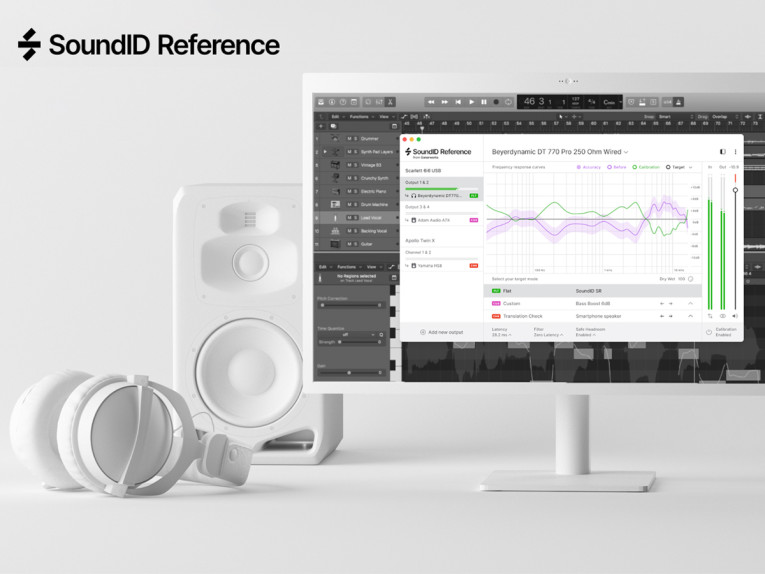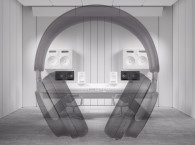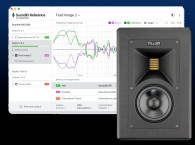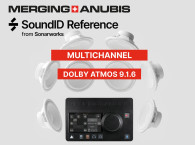
SoundID Reference is the new name for the former Sonarworks Reference software, combining most of the developments that the company introduced in its listening app SoundID and the experience with the studio community on calibration of studio monitors, emulation and calibration of headphones for reference listening. SoundID Reference continues to be inspired by Sonarworks' vision of solving the “translation problem” - getting rid of the problem not only from music creators but also from a music listener perspective.
"We’re excited to finally release what we’ve been working on for the last year," says Martins Popelis, Co-founder and CPO of Sonarworks. "We’ve taken in all the feedback from our Reference users and worked hard to incorporate some of the long-awaited features. Moreover, we have simplified the user interface and have added many improvements to streamline the overall workflow."
One of the major highlights in the new software update is the ability to make custom adjustments to the target curve in real time. Also, users can now manually select the frequency range that the calibration will be applied to. This is done by using the Custom Target feature.
With the Custom Target feature the user can create bell and shelf filters and adjust their Q value to boost or cut specific frequencies. A filter can be created by clicking on the target curve while the user has selected Custom as their target mode. Filter values can be changed by either dragging the points or by manually turning the frequency or gain knobs. Multiple filters can be combined to create a custom EQ preset according to what the user needs. The EQ presets can be renamed, duplicated or deleted.
A calibration frequency range adjustment is done by entering the "custom target mode" of the app or plugin and manipulating the side curtain sliders to adjust the frequency range to be calibrated. Calibration will only be applied within the active frequency range. It is done by moving the two curtain sliders from the sides of the frequency graph. Users can limit high frequency calibration with the right slider, low frequency calibration with the left slider or limit the mid-range calibration by flipping the active calibration zone. Calibration range curtain sliders can be used in combination with the adjustments to the target curve.

Ensuring perfect translation has always been one of the key objectives of Reference software. And the new Translation Check feature in SoundID Reference aims to save creators time and many headaches by realistically simulating a plethora of different devices and device classes with the new Translation Check feature. Users can now access a library of 20 predefined simulations that will allow them to check their mix in different listening environments without having to leave their studio chair, bedroom, airplane seat, or hotel room.
And for Windows users, SoundID Reference reshapes the systemwide audio calibration experience by introducing two new powerful systemwide driver modes. First, the SoundID Reference Windows audio device insert allows the user to skip the use of a virtual device driver. This mode also enables near to zero latency. The second is the new virtual ASIO-to-ASIO driver, which is the best choice for ASIO users who still want their calibration to be done through the Reference app and not the plugin. Simply put, creators can now benefit from systemwide calibration while keeping all the benefits of ASIO.
In order to improve the overall user experience, Sonarworks has listened to feedback and revamped its interface to provide a number of updates. Among others, device and profile presets have been completely reimagined to provide clear structure and hierarchy; The headphone selection has been rebuilt and now provides a very user friendly way to find and attach a headphone profile to a preset; And to help users hear a track in a different way and notice any missed imperfections in the audio mix or stereo balance, SoundID Reference provides a left / right channel switch option.
SoundID Reference is available now for purchase and upgrade. Users can also experience the new update with unlimited functionality during a 21-day free trial by visiting sonarworks.com/soundid-reference/trial.
Users of Reference 4 can install a free trial of SoundID Reference in parallel to Reference 4, so they can explore and try it out before you make a decision to upgrade.
www.sonarworks.com







